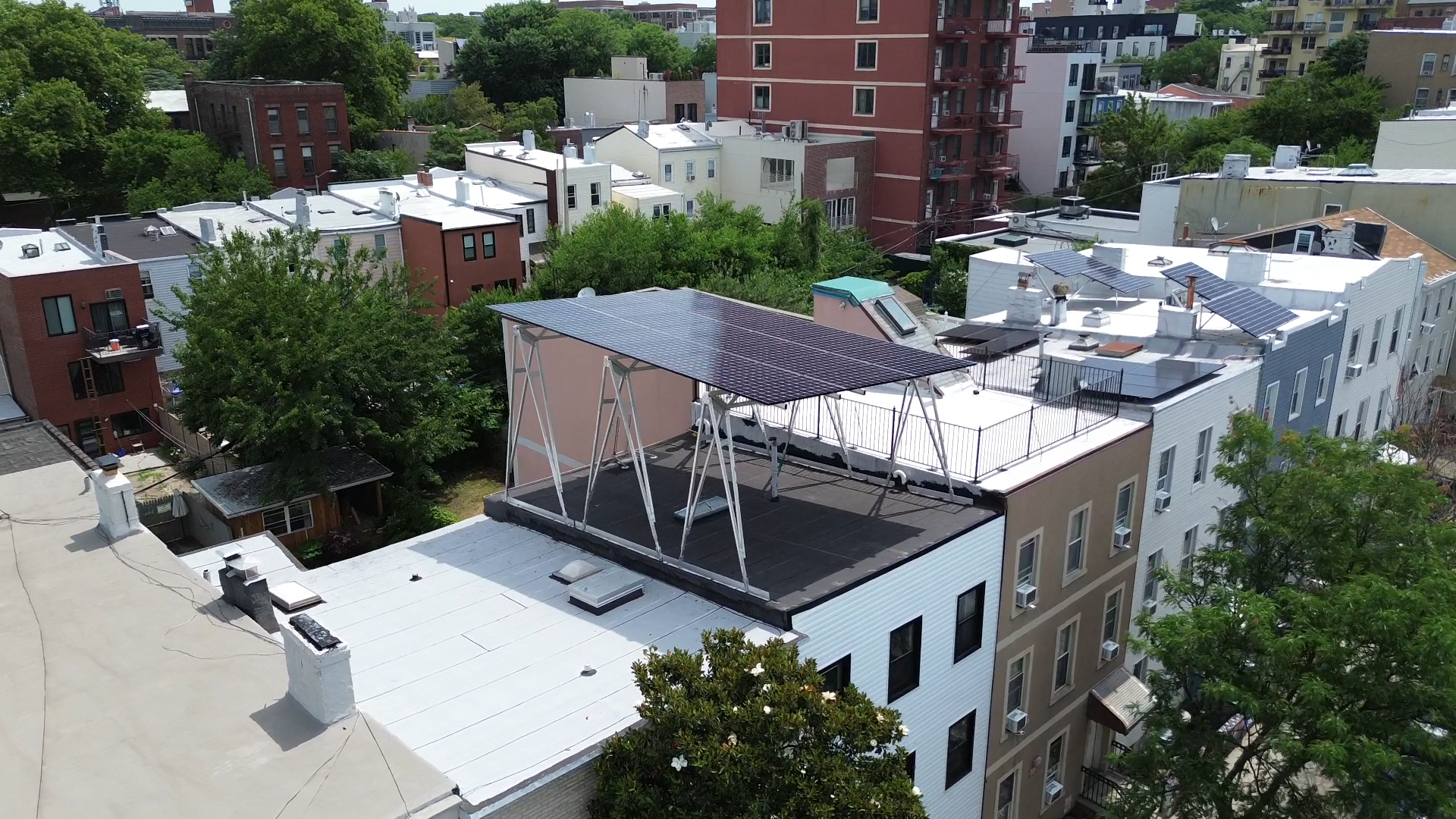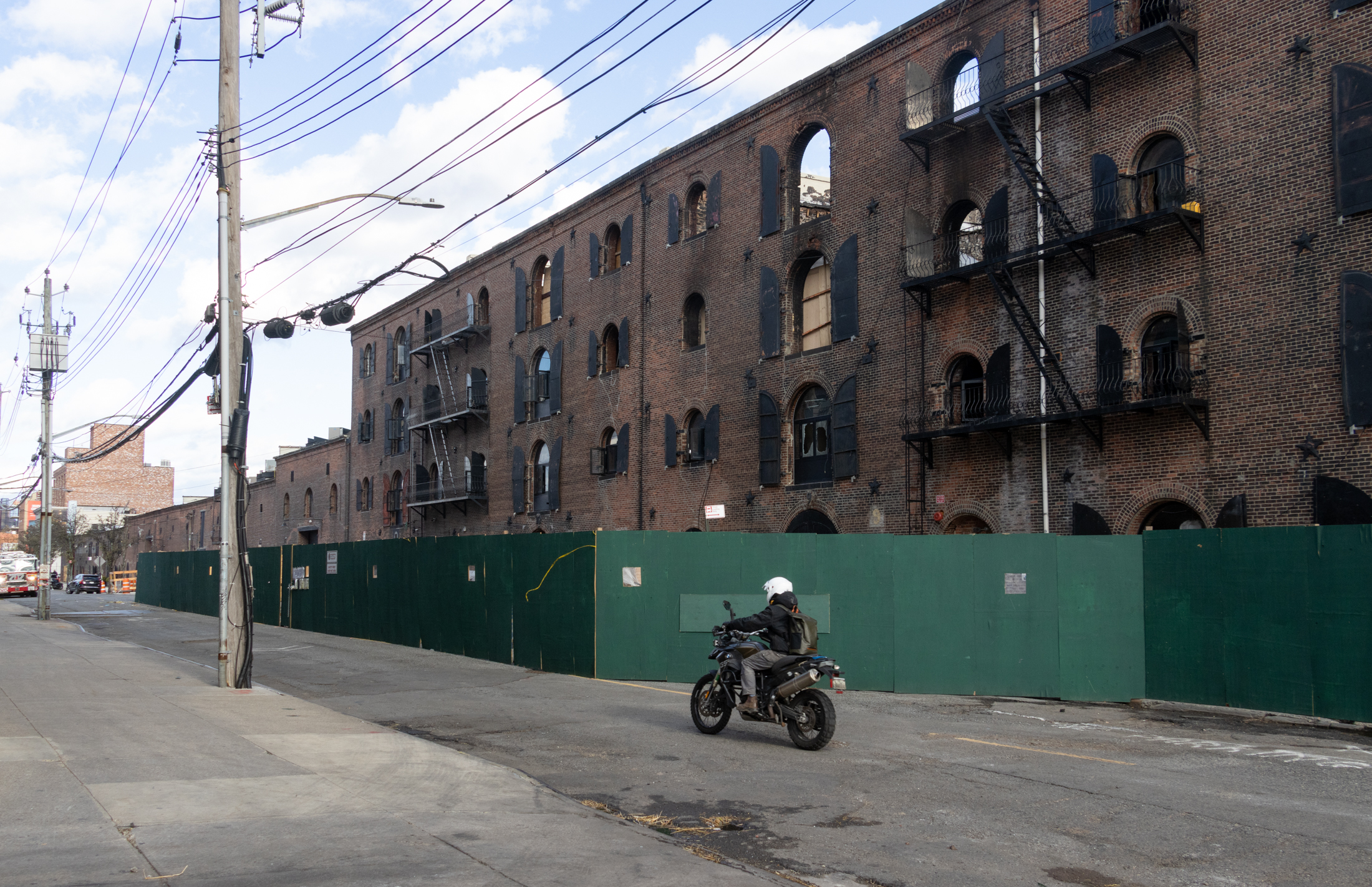Case Shiller Index: Negative Numbers Across the Board
Home prices in the New York City area in February fell 1.6 percent from January and about 10 percent from a year before, according to new numbers from the Case-Shiller Index. Those drops were relatively benign compared to some parts of the country: Las Vegas and San Francisco all experienced year-over-year declines of over 30…

 Home prices in the New York City area in February fell 1.6 percent from January and about 10 percent from a year before, according to new numbers from the Case-Shiller Index. Those drops were relatively benign compared to some parts of the country: Las Vegas and San Francisco all experienced year-over-year declines of over 30 percent while Phoenix achieved the distinction of being the first city to have its real estate values fall more than 50 percent from the 2006 peak. Some of the hardest hit regions have begun to show signs of stabilizing, as low prices, the proliferation of foreclosure sales and low interest rates have lured some buyers back to the table. Still, predictions for future declines across the country from so-called experts range from just 5 percent to as much as 33 percent. A chart from the Wall Street Journal of percentage changes in the nation’s 20 largest cities is on the jump.
Home prices in the New York City area in February fell 1.6 percent from January and about 10 percent from a year before, according to new numbers from the Case-Shiller Index. Those drops were relatively benign compared to some parts of the country: Las Vegas and San Francisco all experienced year-over-year declines of over 30 percent while Phoenix achieved the distinction of being the first city to have its real estate values fall more than 50 percent from the 2006 peak. Some of the hardest hit regions have begun to show signs of stabilizing, as low prices, the proliferation of foreclosure sales and low interest rates have lured some buyers back to the table. Still, predictions for future declines across the country from so-called experts range from just 5 percent to as much as 33 percent. A chart from the Wall Street Journal of percentage changes in the nation’s 20 largest cities is on the jump.
Phoenix Leads the Way Down in Home Prices [NY Times]
City Lags As Nation Hits Home Runs [NY Post]
A Look at Case-Shiller Numbers [WSJ]
NYC Price graph from The New York Times






The US economy continues to be in steep decline. New York may be less affected by second home speculation, but is not immune to economic recession/depression. And that includes brownstones!
“They’re not making any more of them” has to be one of the silliest analysis of a market.
Nope. Stock market is forward looking. IF you look at the last major bear market it ALWAYS bottoms a few quarters before peak unemployment. Also, firing people has allowed companies to bring up profits after they take the costs for firing them and then as profits go up the cycle starts again. It’s sort of annoying.
Snark, we’ve been through this before. GDP numbers are historical and the stock market is the most forward looking of leading indicators. You stick to the arts and leave the stock market talk to me 🙂
“GDP falls 6.1% in first quarter on record drop in investment.”
The stock market is rallying of course, as it has no connection to economic reality whatsoever.
Well there is this wall of cash that people now have out there. I get what the What and others are saying, but what they don’t think about is that, unlike in the past (70s and 80s and even the GD) the government did not use Quantitative Easing to fix the problem. Japan used it, and they kept seeing assets tank, but Japan is not the reserve currency and Japan also cut off stimulus too early and started it too late. Also, their housing bubble was about 10x’s worse than in the US (note some properties were going for $300,000 equivalent a square foot in areas surrounding the Palace and individuals were taking out legal mortgages that were liable to their grandchildren). So although it is easy to say it is an awful time to buy (and maybe it is) we have absolutely 0 clue of what will happen. Maybe this fixes the problem, maybe this causes rampant inflation making housing like gold since it has utility, or maybe interest rates will shoot up in order to curb inflation in which case all those people that are upset now with huge mortgages at 6% will be getting 10% on their savings and doing better than those without a mortgage.
LincolnSlope…that’s certainly what has been moving the stock market, the excess liquidity.
April 29 (Bloomberg) — Federal Reserve officials will
probably hold off boosting their purchases of Treasuries and
mortgage securities as they gauge the strength of the “green
shoots†of an economic recovery.
The Fed concludes its two-day meeting today, and for the first time in more than a year officials will contend with improving prospects for a recovery. House-price declines are slowing, consumer confidence is rising and efforts to repair the credit markets are showing some signs of success.
And what does the bull camp think is the long-term sustainable differential in housing costs between the NY metro area and the rest of the country? Because, obviously, that is growing. How long are employers going to be willing to pay the larger increment?
Here is the big wildcard that the What loves to forget about…the US is pumping Billions of cash into the system and circulating it through a stimulus package that will probably happen again. Do you know how much has been printed/created in the last 9 months? Mutant Asset Bubble maybe, but if you print money and distribute it, you effectively reinflate it. Good/bad, I don’t know, but it is happening. You can see it will price stabalization. I think there will be long term implications, but its not as easy as saying 80% off. Maybe in real terms, but nominally and in the prices we see it probably won’t happen for that reason. Just my 2cents. Although it would be nice. One of those beauties on 3rd Street near the Park would be mine!